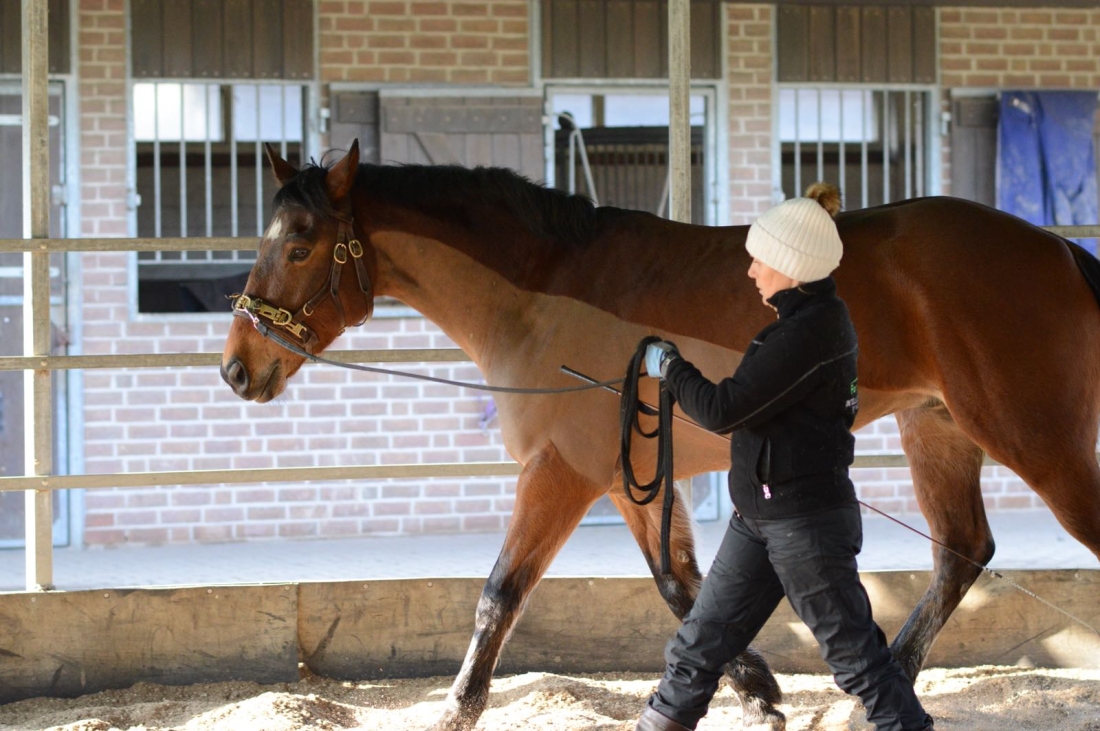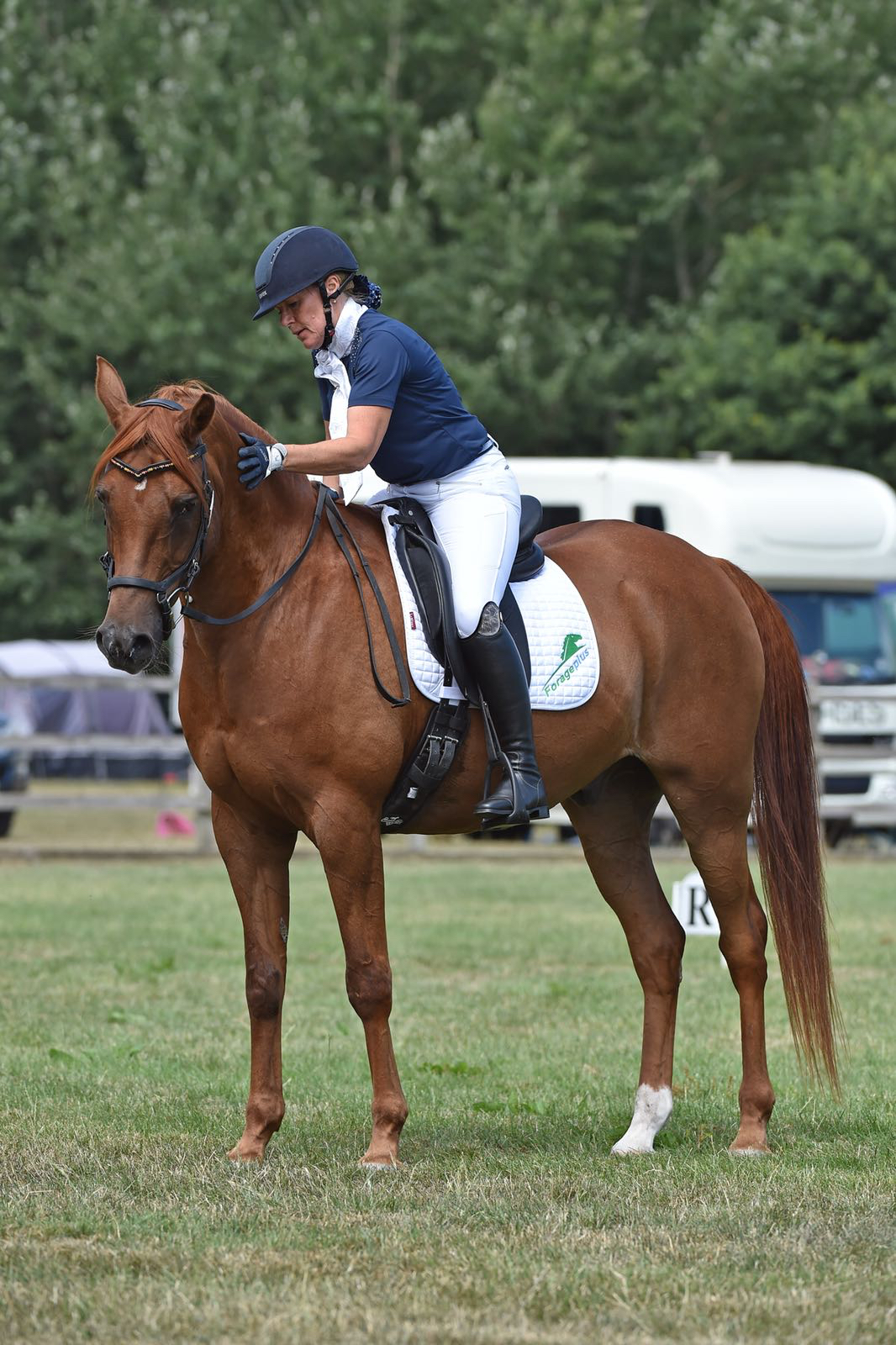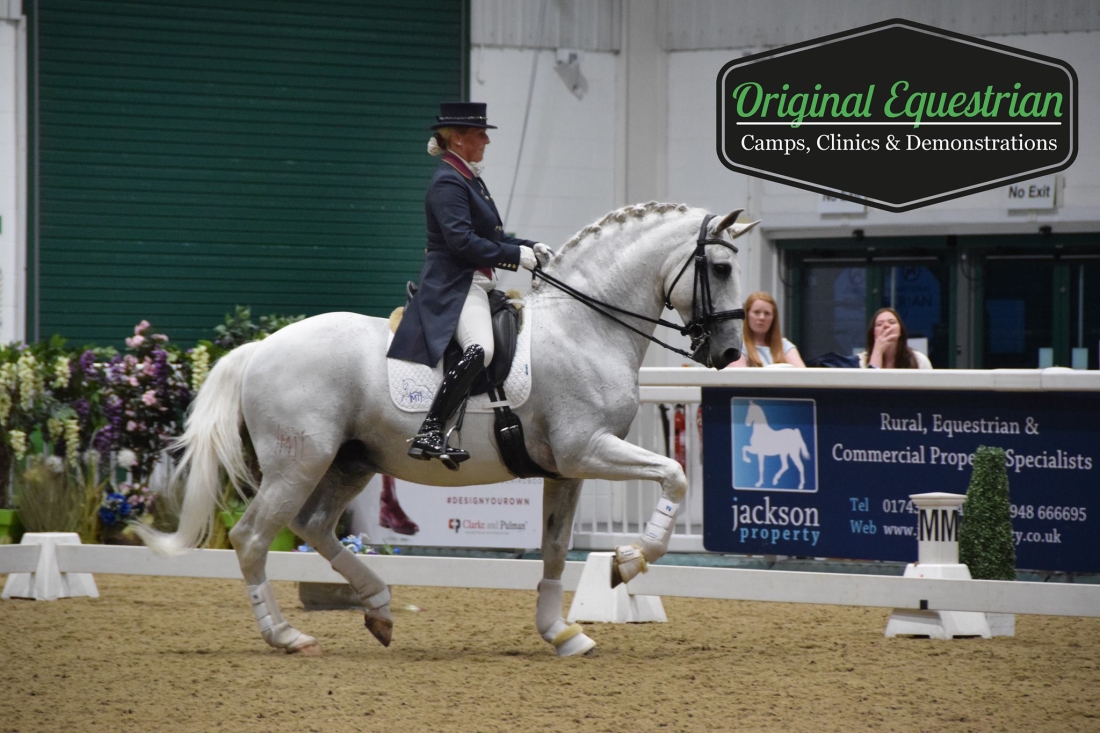Creating an optimal learning environment: Part 1

Motivating others
I think it is safe to assume that those of us who coach, lead or instruct other people would like them to leave each session they have with us feeling happy. Buzzing even. Keen to come back and do more with us. Motivated to go and practice what they have learnt, and enjoy it in their free time. I also think that we would all like to be able to influence our own motivation too. We would like to recognise elements that are supporting or thwarting our motivation and be able to change them or at least understand and accept them.
The statistics available on regular participation in sports make rather sobering reading, and numbers are consistently lower for women and girls, and minority groups. According to a Sport Wales statement from 2017, “Currently 576,000 women in Wales report not participating in any form of activity, while just over half (54%) of women say they’ve done at least one sporting activity in the last four weeks compared to 63% of men. Research shows a lack of confidence, fear of judgement, a perceived inability or no one to go along to something new with are common factors that prevent women and girls from getting more active”10. Can we, as practitioners, have any influence on the motivation and continued participation of those do come along to our sessions? Are we able to help increase the number of people who will get hooked on our sports and continue to participate long term, including ourselves?
My interest in motivation was particularly influenced by the way my son responded to the learning environments he experienced when he was young. At the age of eight, he asked if he could go to the local canoeing club with his best friend from school. I thought it was a great idea. He had played for years in boats with me and really enjoyed it, surely it would be so much more fun with his friends! I went to pick him up after the club session expecting a happy excited little boy. But he had hated it. When I asked him why, he told me that canoeing was boring; they were not allowed to play like he did with me, they didn’t let him do the things that he was good at, or be with his friend. Not only did he not go back to the club, but he also lost interest in coming to boat with me too.
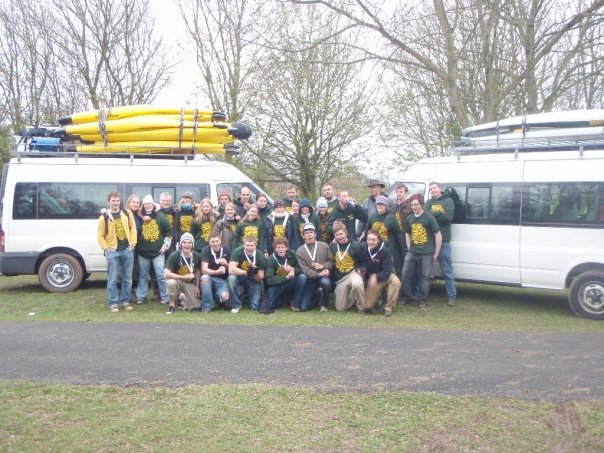
Bangor University Polo Club 2008
Then, ten years later, after a conversation with total strangers in the local canoe shop, he joined the Bangor University Canoe Polo club for practice. One session with them and he was hooked!
Ten years later he is still playing and paddling. I was curious… How could one experience put him off so completely, and another inspire so much. What if we (as coaches and leaders) could be more savvy about ensuring that all those who come to us have a positive motivational experience?
Motivation Theories
There are many theories about motivation, but the one we’ll look at here is particularly useful for sports coaches and leaders. It is called the Self Determination Theory2, or SDT for short. SDT is made up of a number of micro-theories one of which is called the Basic Psychological Needs Theory. According to the Basic Psychological Needs Theory, motivation to engage in an activity is influenced by the support, and subsequent satisfaction of, three innate basic needs. These are the need for:
- Autonomy (a sense of control over your own life and personal volition),
- Competence (the need to be effective and skilful),
- Relatedness (the desire to feel connected to, and cared for, by others).
Motivation to engage in something (anything) can be enhanced by the satisfaction of any, but optimised by the satisfaction of all three, basic psychological needs. There is evidence that the needs are of differing importance to people, but they still all need to be satisfied2. Interestingly, the satisfaction of these basic needs is not only very important for continued engagement in an activity, but also for overall health and well-being.
Research into the Basic Psychological Needs Theory has provided a considerable amount of supporting evidence from many different domains, including educational learning4, health and well-being7, motivation to engage in activities8 and adherence to prescribed exercise regimes6.

Olly Laddiman showing his competence at Hells Mouth. Photo by Matt Tuck
How does satisfying basic needs influence motivation?
Human beings are not just processors of neutral information. In any context, we are inherently driven towards being creative and curious. This means that we will actively seek opportunities to satisfy our needs; to be masters of our own destiny, to be effective and feel connected2. If we engage in a behaviour that leads to our needs being satisfied, the motivation to continue to engage in that behaviour becomes more self-determined. This means that we will regulate our own behaviour, and become self-motivated.
The reason for engaging in any behaviour falls on a continuum of being more or less self-determined. At one end is non-self-determined behaviour, or ‘Amotivation’ (that just means no motivation). This is when we do not engage at all. We don’t go to the gym or go running. We don’t do any exercise, or eat well, get up early, do the washing up, or whatever the behaviour is. The proposed reasons for this include; because the outcome is either not valued (relatedness), not perceived as being in our control (autonomy), or not perceived as being attainable by us (competence). At the other end is self-determined behaviour. This is when we engage in an activity purely for its own sake with no discernable reward. Just the pure joy of doing it! If you are motivated in this way you are said to have intrinsic motivation, internal behavioural regulation and an internal locus of causality. If that all sounds like another language, don’t worry, this is what it means:
- Intrinsic motivation: the motivation to engage in behaviour comes from within you,
- Internal behavioural regulation: you regulate your own behaviour and are in control of whether you act on the motivation to engage or not,
- Internal locus of causality: you believe that you are the cause (and therefore, in control), of the outcomes of your behaviour.
So, how do our behaviours become more self-determined?
Before we have actually had a go at something, it is unusual to be motivated purely for the joy of doing it. To begin with, most of the things we do are non-self-determined. You might have started the sport you now coach because it was taught in school, or maybe your parents took you, or your friends invited you to have a go. I’m guessing it was a good experience if you still not only love it, but are coaching it now. Your motivation to continue your sport became self-determined over time because you were within a rewarding social context and your basic needs for relatedness, competence and autonomy were being satisfied.
Types of motivation and the degree of behavioural regulation (adapted from Deci & Ryan, 2008)
Type of Motivation
|
Degree of Behavioural Regulation
|
Description
|
Amotivation
|
It’s not happening!
|
Not achievable/ in control
|
Extrinsic
|
External
|
Very low
|
Externally controlled
|
Extrinsic
|
Introjected
|
Moderately low
|
Internally controlled (self-esteem)
|
Extrinsic
|
Identified
|
Moderately high
|
Identifies with importance
|
Extrinsic
|
Integrated
|
Very high
|
Part of the sense of self
|
Intrinsic Motivation
|
Try stopping me!
|
For the inherent pleasure
|
However, the structure of coaching sessions (and most goal-directed behaviour in sport) is typically determined by the coach. Even beginners in supervised sessions have little control over what they do, and deliberate practice has been seen as something that is not enjoyable, but essential to do to become competent3. Participants have been expected to motivate themselves and take full responsibility for their motivation. But, if we accept that the learning environment has a huge impact on motivation, we can make adjustments to it that would support the three basic psychological needs of those we coach. This would lead to more of their needs being satisfied, practice behaviours becoming more self-determined, and to an increase in motivation, engagement and well-being. This is where we come in. As coaches, leaders and instructors we have a considerable amount of control over the learning environment that we create, and how it is experienced by those we coach.
Creating an optimal learning environment
Okay, so we know that the satisfaction of basic needs has a positive impact on motivation and will influence whether someone continues to participate. That means we need to make sure that we are able to create what is known as a ‘needs supportive learning environment’6. Autonomy is arguably the most important need and is essential for goal-directed behaviour to become self-determined2. It is unique among the basic psychological needs because a participant (particularly an athlete) could satisfy their need for competence with externally controlled (by a coach) deliberate practice, and they could satisfy the need for relatedness by being part of a team, but autonomy is not as easily satisfied in a traditional coaching environment. This is because the coach makes most of the decisions, and the rules and regulations of a sport can further limit the options that can be given to individual participants.
Autonomy-supportive coaching behaviours
According to Mageau and Vallerand (2003)5, the coach’s autonomy-supportive behaviours directly influence the athlete’s perceptions of competence, autonomy and relatedness.
So, how do we ensure that we are being autonomy supportive in our coaching? Mageau and Vallerand have come up with seven autonomy-supportive coaching behaviours.
- Provide choice within structure, specific rules and limits
- Provide rationale for tasks and limits
- Acknowledge negative feelings
- Provide opportunities to take initiatives and work independently
- Provide non-controlling competence feedback
- Use non-controlling language, avoid controlling behaviours, and use competition and rewards wisely
- Promote a mastery rather than ego involvement (promote achievement).
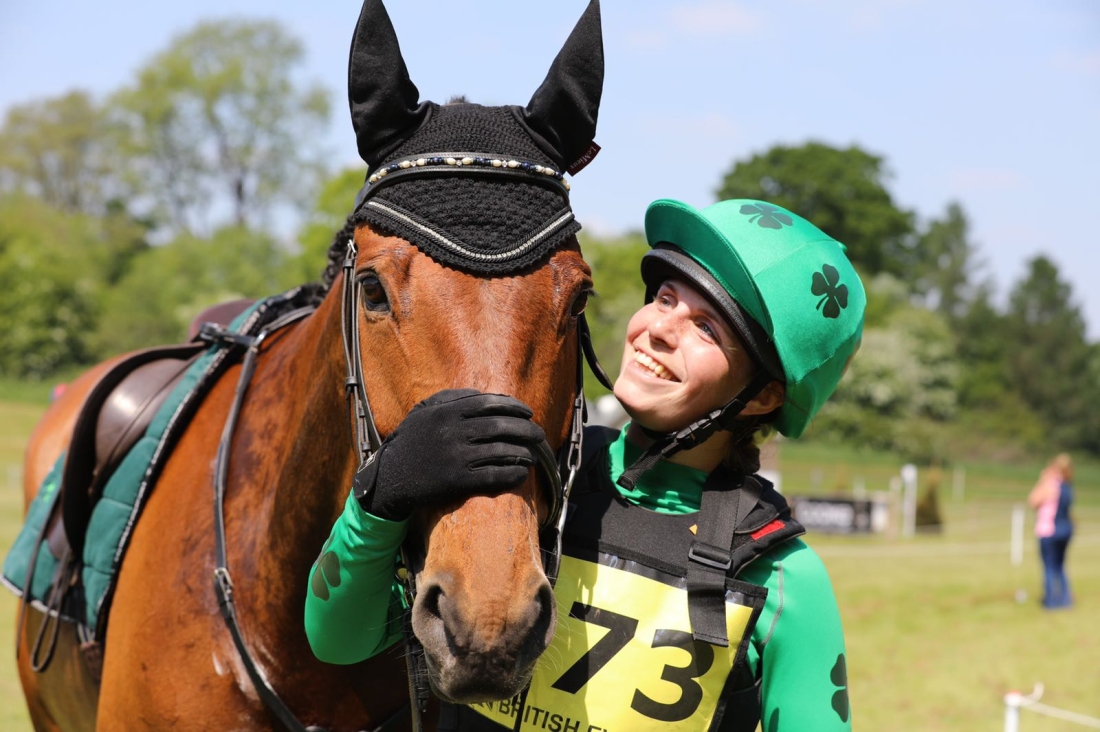
Daisy Dewhurst motivated and loving her time Eventing with Ted her horse. Picture by Sarah Braithwaite
- Provide choice within specific rules and limits
Basically, try to give as much choice to your participants as reasonably possible. Obviously, this needs to be within the rules and limitations of the activities and the ability levels of those participating. Having structure is really important. The choices you give need to be well thought out and meaningful so that you do not end up with a learning environment that feels too woolly. You can involve those you work within decisions about types of activities, venues, and progressions. This is usually done for experienced participants having high-level coaching, but less so for beginners where motivational climates can have a greater impact on continued participation. For introductory sessions, look at what choice you can easily give (choice of games, the order of activities (if not progressions), when to progress, the colour of equipment, …). Interestingly, even giving small choices like picking the colour of something, will have a positive impact on motivation. Remember that even choices that are very small and seem insignificant can have a big impact on the perceived need support9.
- Provide rationale for tasks and limits
By giving simple explanations for why activities are being done you will help your participants to understand and endorse the reasons for doing them. This helps to make the tasks meaningful and they can then be valued and accepted. Think about how you can do this within your activity set up or briefings without them becoming too long and convoluted. Some limitations that may affect your coaching sessions can be overcome by changing your focus; for example, change from running a particular award syllabus to developing competence for their personal goals. Other common limiting factors include venues, environment, kit, and equipment.
- Acknowledge negative feelings
This can be as simple as you letting your participants know that you understand that they may find something boring, or hard to do. That you recognise that they are feeling tired, cold, wet, and a little miserable at that time. This is especially effective when combined with a provision of choice and explanations of the rationale for doing something. Acknowledging negative feelings and stating that there is no choice and you also think it is meaningless, is clearly likely to be less effective! Your ability to relate to your participants is an important part of fulfilling their needs for relatedness.
- Provide opportunities to take initiatives and work independently
This is a big one for me and responsible for much of my negative experiences as a female learner, especially in adventure sports. If you provide support that is not needed or restrict opportunities to take initiatives, be creative, and make decisions; even with the best intentions in mind you will reduce motivation and be perceived as controlling. This behaviour is known as ‘controlling-support’.
Working independently does not necessarily mean working alone. It is also a good way of supporting and promoting social interactions by facilitating group, peer and pair work. Remember that social interactions are an important part of enhancing the enjoyment of an activity.
- Provide non-controlling competence feedback
There is a strong possibility that up to now you have agreed with most of the autonomy-supportive coaching behaviours we have looked at and that they fit in with what you already do. However, I might be about to suggest some things that do not fit so readily with what you have been told, or you currently do. So please bear with me.
It is important to understand that the feedback you give does not only provide information about an individual’s performance on a specific task but also influences their future expectations and their motivational state. There is a growing body of research that is showing that giving feedback after good performances is much more effective for learning, than giving feedback after poor performances8. This means getting away from seeing feedback as ‘fault finding’ and instead use it to ensure that your participants are aware of when and how to do things well. If they are unable to perform a movement pattern at all, use your ability to change or adjust the constraints (task, environment, individual), rather than give them feedback. This could mean asking them to do something different, adjusting their equipment, changing the environment, or giving them additional information.
There is also growing evidence that the feedback you give can also influence the participant’s expectations of the learning process and how malleable they perceive their performance to be. If you say for example ‘you are a great white water paddler’, this implies a permanence of ability and can be demotivating if performance drops for any reason. If, however, you say ‘those last few break-ins were great’, the focus is on learning and improving, and not a fixed ability. These subtleties of language are particularly important when coaching young children.
A useful way to set up supportive objective feedback is to create opportunities for the participant to ‘self-check’. Setting up skills or tasks in such a way that you allow them to pick up their own objective feedback about their performance from the environment and results. This also helps to promote autonomy and encourages problem solving and exploration of movement patterns.
Finally, like support, feedback can also be perceived as controlling. Saying ‘those last few break-ins were great, as they should be’, is clearly a controlling statement. Again, these are often used with the best intentions, you might be thinking and wanting to convey ‘it should be because you are a great white water paddler’. But, the controlling element here can undermine intrinsic motivation.
- Use non-controlling language, avoid controlling behaviours, and use competition and rewards wisely
There is a lot in here, and like the other points, we are just going to skim through in this article.
Along with competence feedback and support, many behaviours and use of language used can be perceived as controlling. With your coaching language avoid using words and phrases like ‘should’, ‘must’, and ‘have to’, along with phrases like ‘as I would expect’ or ‘as you should have’. It is also very important not to use guilt-inducing criticisms or emotionally laden statements that could be perceived as threatening the relationship between you and your participants. Anything that could be perceived as a threat to withdraw approval, respect or love is particularly damaging.
Thankfully it is generally accepted that controlling language and guilt-inducing statements are unacceptable and undermine autonomy and intrinsic motivation. However, there is still much debate about the use of competition and rewards. Most of the literature in this area agree that whilst competition can increase the intrinsic motivation of those who win, it is detrimental to those who don’t. Also, if you give rewards for participation it can be perceived as implying that the activity is somehow not worth doing for its own sake. If you are coaching children it is worth noting that the detrimental effects of rewards in undermining autonomy and reducing intrinsic motivation are far greater in children than adults5.
- Promote mastery rather than ego involvement (promote achievement)
A mastery climate encourages participants to improve their own skills and judge success by the changes in their own performance. This is influenced hugely by expectations of learning and future competence. We all engage in activities when we have a sense that positive outcomes exist (we will improve), and that we have the agency to achieve them. Conversely, as a coach, if you promote ego involvement you will encourage participants to compare their performance to others. This peer comparison can lead to threats to self-esteem if an individual’s performance is not perceived as good enough2.
Goal setting is a great way to support mastery and achievement orientation. As a coach, it is worth you learning to promote and support the use of effective goal setting. If used skilfully, goal setting can also provide a sense of self-satisfaction, support competence and autonomy, and increase intrinsic motivation. Experience of using and exploring autonomy-supportive coaching activities like ‘self-check’ tasks (see point 5) will also help your participants to goal set and use objective measures adeptly to achieve their goals.
Summary
After a coaching session or any period of practice, any increase in motivation due to the satisfaction of needs support would be advantageous in the long term. Highly skilled movement performance is associated with extended periods of deliberate practice1. Practice conditions that support the motivational transition from less to more, self-determined behaviour, should have positive long term effects and are likely to result in a continued engagement in the activity whether for recreation or for performance achievement. This is especially important for groups and individuals who do not feel that they can participate and are not currently regularly engaged in being active.
As a coach, our autonomy-supportive behaviours directly influence participant’s perceptions of competence, autonomy and relatedness. This, in turn, influences their level of intrinsic motivation and self-determined behaviour. An autonomy supportive coach will provide choices where possible, give a rationale for activities and acknowledge the feelings and perspectives of their participants. They will provide opportunities for initiative taking, give non-controlling competence feedback, and communicate using non-controlling language. They will avoid controlling behaviours in the form of physical and psychological control, rewards or promoting ego orientated involvement.
Improved Performance
There is a lot of recent research exploring the effects of needs support and needs satisfaction on performance. The results so far suggest that some of the autonomy-supportive coaching behaviours are associated not only with increased motivation and improved mental health but also with better performance2. That is definitely worth considering for any coach and will be explored in the next article; ‘Motivation part 2: Motivation and Learning’.
| Marianne Davies
MRes. (Distinction) Sport and Exercise Science
BSc (Hons), Sport, Health and Physical Education
Marianne has been a coach and coach educator for over 20 years as well as conducting research in motivation and learning. Her main interests are equestrian activities climbing and paddlesports.
Mdaviescoaching@gmail.com Copyright remains with the author |
References:
1 Arkenford. (2014). Watersports Participation Survey 2014 Full Report. Retrieved December 12, 2016, from RYA.org.uk: http://www.rya.org.uk/SiteCollectionDocuments/sportsdevelopment/Watersports_Survey_2014_Executive_Summary.pdf
2 Deci, E., & Ryan, R. (2000). The “What” and “Why” of goal pursuits: Human needs and the self-determination of behaviour. Psychological Enquiry, 227-268.
3 Ericsson, K. A., Krampe, R. T., & Tesch-Römer, C. (1993). The role of deliberate practice in the acquisition of expert performance. Psychological Review, 100(3), 363-406.
4 Jang, R., Reeve, J., & Halusic, M. (2016, January 26). A New Autonomy-Supportive Way of Teaching That Increases Conceptual Learning: Teaching in Students’ Preferred Ways. Journal of Experimental Education, 84(4), 686-701.
5 Mageau, G. A., & Vallerand, R. J. (2003). The coach-athlete relationship: A motivational model. Journal of Sports Sciences, 21(11), 883-904.
6 Markland, D., & Tobin, V. J. (2010). Need support and behavioural regulations for exercise referral scheme clients: The mediating role of psychological need satisfaction. Psychology of Sport and Exercise, 11, 91-99.
7 Ryan, R. M., Huta, V., & Deci, E. L. (2008). Living Well: A self-determined theory perspective on eudaimonia. Journal of Happiness Studies, 9, 139-170.
8 Wulf, G., & Lewthwaite, R. (2016). Optimizing performance through intrinsic motivation and attention for learning: The OPTIMAL theory of motor learning. Psychological Bulletin Review.
9 Wulf, G., Freitas, H. E., & Tandy, R. D. (2014). Choosing to exercise more: Small choices can increase exercise engagement. Psychology of Sport and Exercise, 15, 268-271.
10 Website article downloaded on 06.09.17, http://www.sport.wales/news–events/news–events/our-news/latest-news/sport-wales-calls-for-welsh-women-and-girls-to-join-%E2%80%98our-squad%E2%80%99.aspx
Thank you to Dean (Sid) Sinfield, Sam Davies and Paul Marshall for their excellent proofreading, comments and suggestions.
 Needs-supportive coaching behaviours have an impact on motivation. Sian of ‘Psyched Paddleboarding’ coaching on the beautiful Llyn Padarn. Photo by ‘Two For Joy Photography’.
Needs-supportive coaching behaviours have an impact on motivation. Sian of ‘Psyched Paddleboarding’ coaching on the beautiful Llyn Padarn. Photo by ‘Two For Joy Photography’.







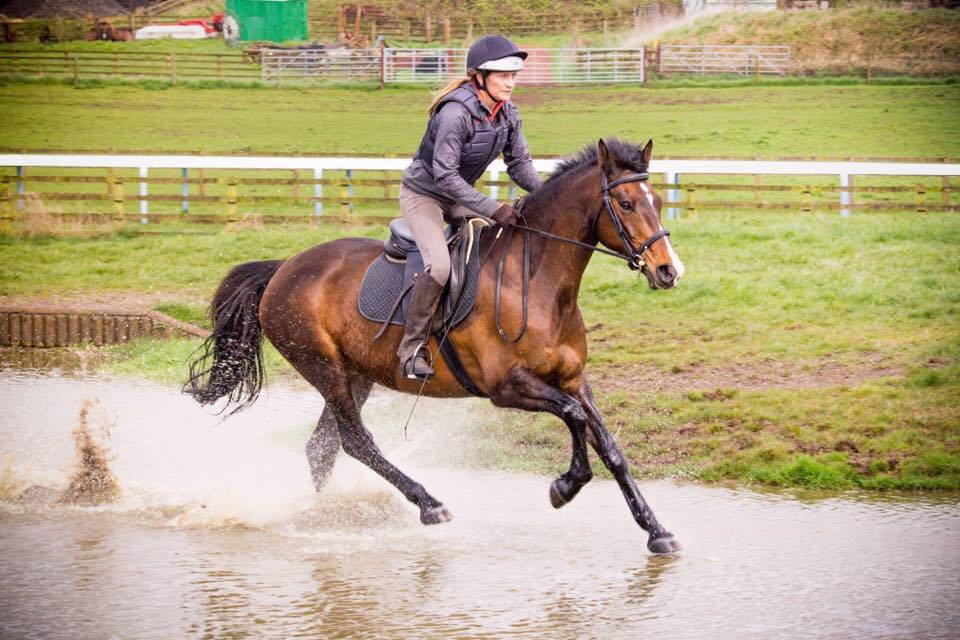
 A happy yard is important for you and your horse. Photo by ForagePlus
A happy yard is important for you and your horse. Photo by ForagePlus